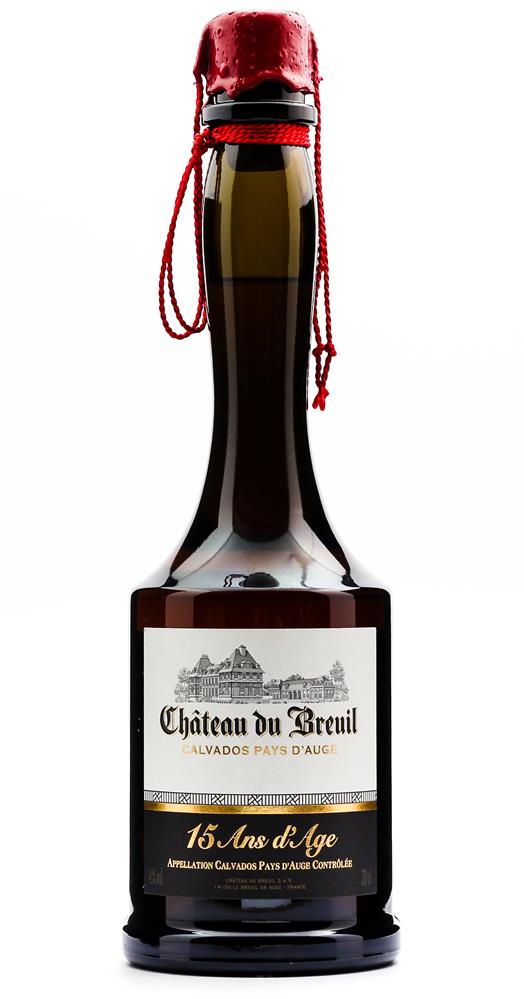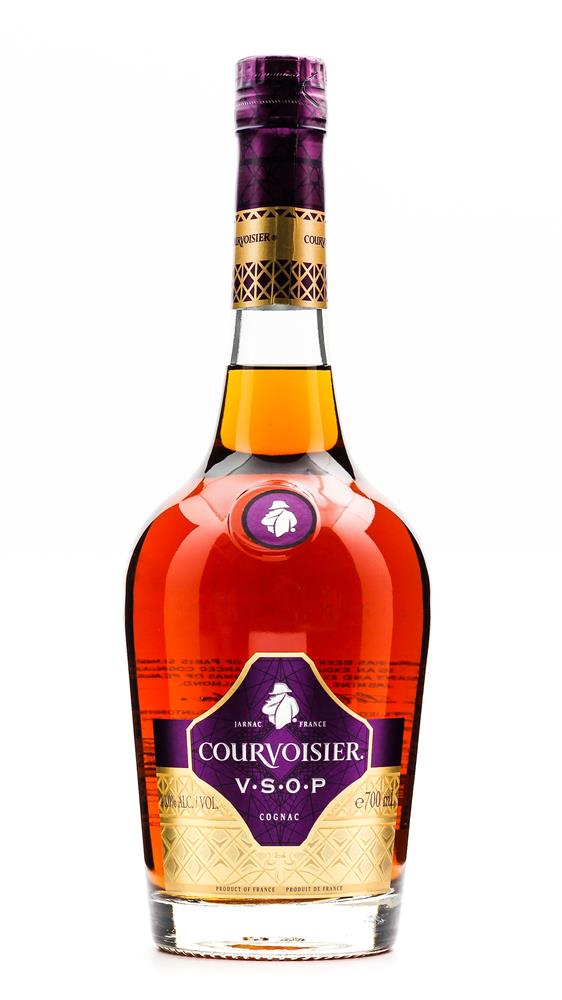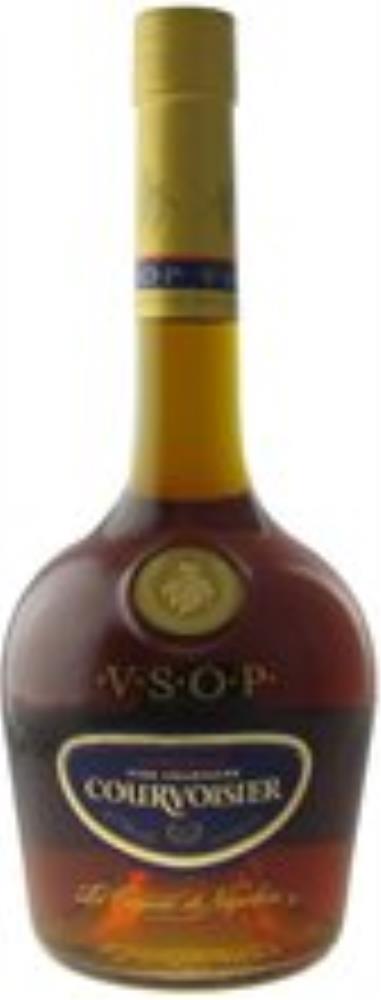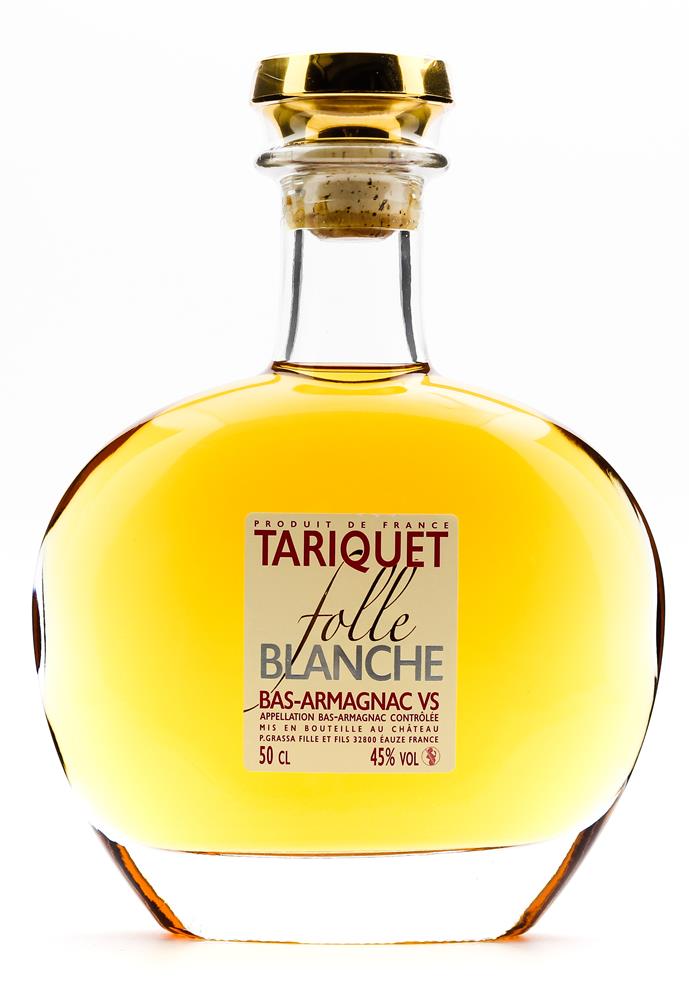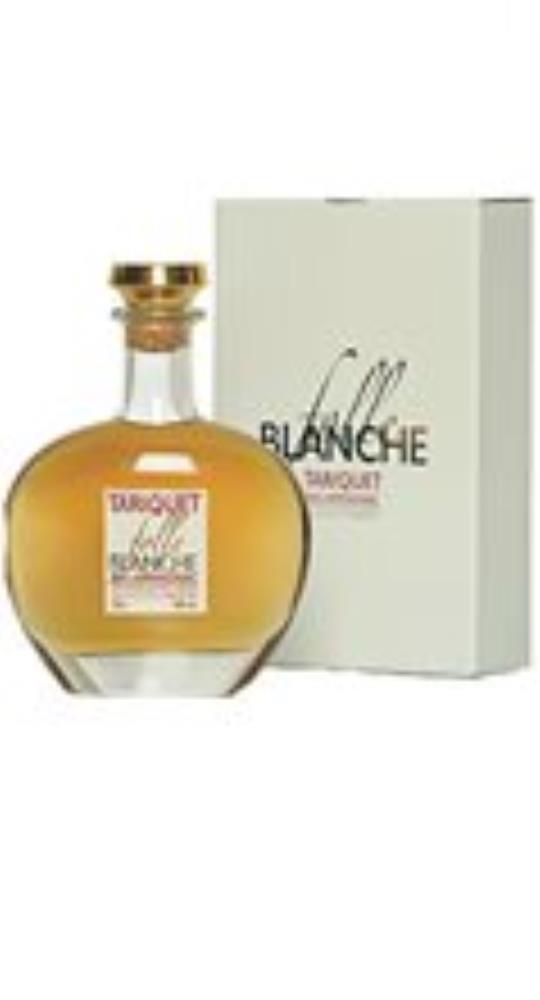4818 products
4818 products
Sort by:
All Product
Malfy Gin CON ARANCIA is distilled by the Vergnano family in Italy - the birthplace of Gin - using the peel of Sicilian Blood Oranges, Italian Juniper and four other botanicals with their traditional Vacuum Still. Blood Oranges are prized variety in Sicily - and harvested in November - their rich red colour develops from the cool Mediterranean nights.
Le Sol means sunshine or soil, depending on which language you're talking - and either way, it is a lovely evocative description of one of the best Syrahs made in Hawke's Bay every year. This incredibly powerful wine is a beautiful spicy expression of the great Syrah grape from the Northern Rhone Valley. It was aged for 27 months in French oak barriques.
Dog Point Vineyards Chardonnay is one of Marlborough's great dry, full bodied, creamy whites made by Ivan Sutherland and James Healy, who are two of the most talented winemakers in the country.
Their vineyards are 100% certified organic and their winemaking is second to none. Barrel fermentation, creamy, nutty flavours are complimented with a freshness that sees these wines last for the long haul.
This drinks well now and can age for up to a decade. A delicious taste sensation and a keeper. Win win.
Top drinking full bodied, dry, crisp and peachy Marlborough Chardonnay made from grapes grown on a blend of vineyards on the Wairau Valley and the Southern Valleys in Marlborough. Flavours of white peach, nectarines and ripe grapefruit intermingle in this complex white from New Zealand's biggest wine region.
The grapes were fermented in a combination of new and old oak barriques and given 10 months ageing in oak prior to bottling.
It is a blending of Calvados aged a minimum of 15 years. In fact, it contains percentages of older Calvados that gives it all its nobleness.
It lets in the mouth a subtle taste of apple that gradually gives way to the refined alliances of the tannin of old Calvados. It is perfect harmony between the apple and the wood, with underlying aromas. The Calvados of all the nice moments.
A balanced cognac, marked by an oaky taste. Its time spent ageing in a barrel infuses it with complex aromas along with notes of caramelised dried fruits and prunes. This tone adds a number of rich qualities to a cocktail.
A smooth and mellow cognac that is a true cocktail of aromas, at once fresh, rounded and woody.
The cognac Courvoisier VSOP Fine Champagne is a Cognac with a deep flavour and a smooth finish, composed of the two best crus (Petite Champagne and Grande Champagne) of the Cognac region.
The tasting notes of Courvoisier VSOP are:
Colour: amber to golden yellow, a beautiful colour for VSOP.
Aroma: floral with vanilla. Taste: fine and round, with a hint of wood. Clear Fine Champagne taste.
Finish: Fine, not too long.source: cognacfans.com
Martell VS (Very Special) cognac was created around 150 years ago under the nameof 3 stars (***) and todayhas a worldwide reputation.Harmonious and well balanced,its taste is fruity, mellow and with a pleasing fresh and pure feeling in the mouth.It?s an ideal mixer for long drinksand classic cocktails.Colour: Light goldNose: Mild and gentle with light fresh fruit notes.Taste: Vigorous but harmonious and well balanced. Fruity. Mellow with a pleasing fresh and pure feeling in the mouth.source: internetwines.com
Meticulously blended in over 50 year old potstills and an extended maturation period in French oak, this blended brandy is the result of extreme dedication to the art of brandy making and has, over the years, come to be known simply as Premium. Klipdrift Premium drinkers have a true appreciation for the art of brandy making, craftsmanship and the spirit of South African hospitality and generosity. Colour: Amber gold Aroma: An alluring blend of cedar, apple, tobacco, spice and walnuts. Tasting: Klipdrift premium's smooth full-bodied taste is attributed to the use of the finest grapes, meticulous blending, unhurried maturation in French oak and true skill.
Serving Suggestions: While we recommend enjoying Klipdrift Premium neat or with soda water, tonic, lemonade, and tizers have proved to be popular mixers.
Source - klipdrift.co.za







